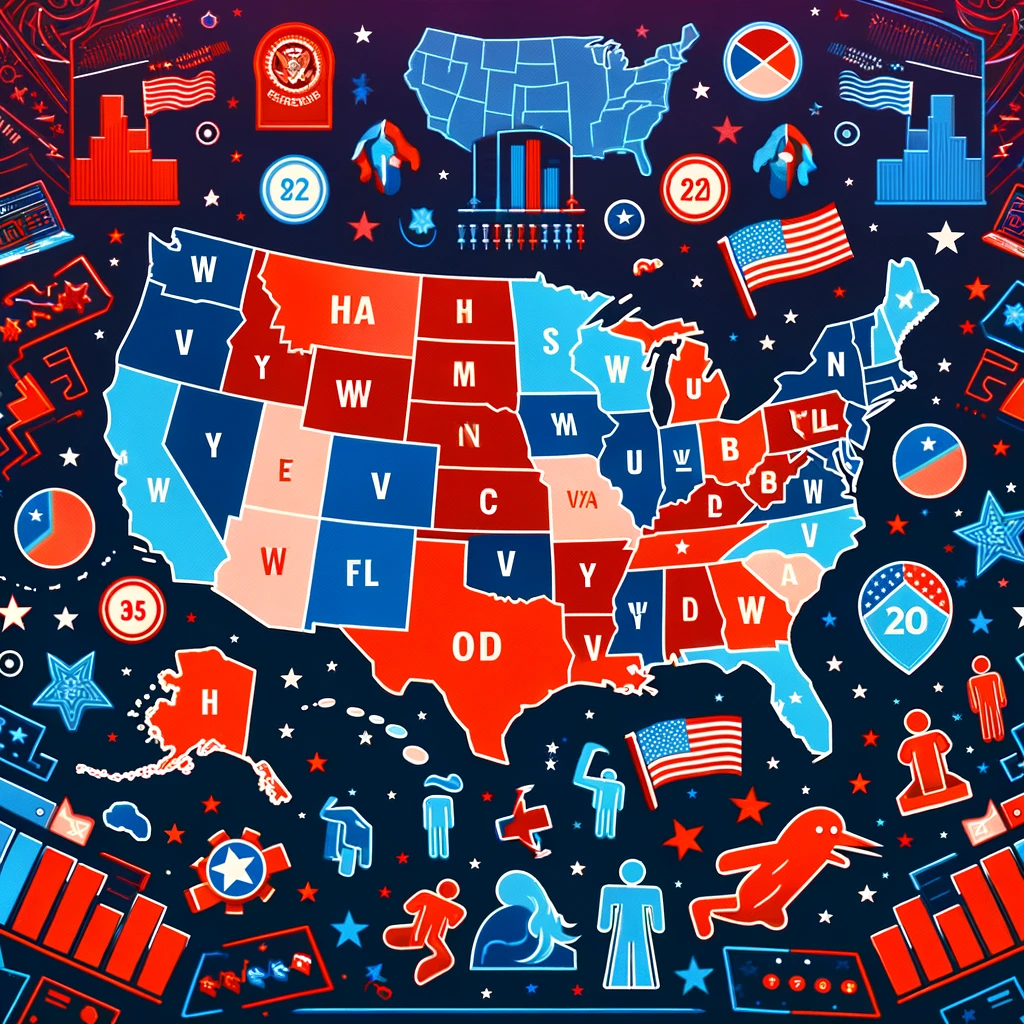
The U.S. presidential election is an intense and competitive affair, with the victor leading not just the nation, but symbolically the free world. However, the battle for the presidency often centers around a limited number of swing states, overshadowing the broader national electorate. States like Connecticut and Texas are often predetermined as solidly blue or red, respectively, leaving them on the periphery of campaign strategies.
The true electoral battlegrounds are states like Ohio, Pennsylvania, and Florida, where the voting outcomes are less predictable. These “purple” states receive disproportionate attention from presidential candidates in terms of advertising and campaign visits. The focus on swing states is a result of the Electoral College system, which some argue is outdated, yet it has historically provided a counterbalance to the domination of large population centers and regional candidates in the presidential race.
While there have been instances where the Electoral College winner did not secure the popular vote, the system is designed to ensure a distribution of campaign efforts across the country. Critics point out the seeming unfairness when the popular vote does not align with the electoral outcome. However, the system’s structure necessitates a strategic campaign approach, as seen in elections where candidates like Donald Trump focused on states that were crucial for electoral victory rather than the popular vote.
The debate over the Electoral College’s relevance continues, with valid arguments on both sides. While some view its outcomes as a misrepresentation of the popular will, others see it as a necessary mechanism for balanced national representation in presidential elections.
Reference:
- “In defense of the electoral college.” (2016, November 15). The Washington Post. In defense of the electoral college






